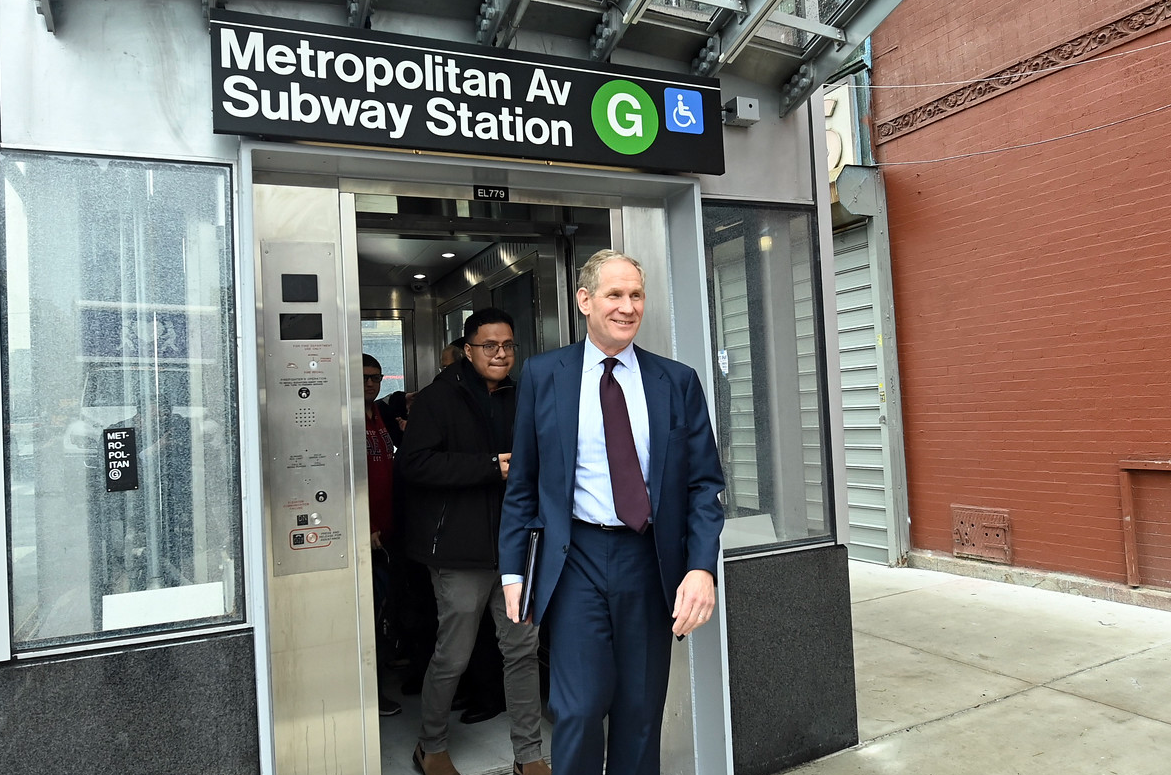Metropolitan Avenue-Lorimer Street subway station gets ADA elevators
This marks 151 accessible stations, with more to come

WILLIAMSBURG — The installation of six elevators at the Metropolitan Avenue subway station on the G line and the Lorimer Street station on the L line — which are linked together via a free transfer — is a milestone not only for the North Brooklyn community, but for the MTA’s program of making its subway stations ADA-accessible as rapidly as possible.
The opening of the elevators at Metropolitan Avenue/Lorimer Street this week brings the number of ADA-compliant subway stations in the system up to 151, according to MTA Chair and CEO Janno Lieber, a Brooklyn resident.
In Brooklyn, 11 other subway stations have been made accessible since the beginning of the COVID-19 pandemic, according to the MTA. These serve a wide variety of neighborhoods, from Bay Ridge to Crown Heights to Flatbush to Williamsburg to Canarsie.
